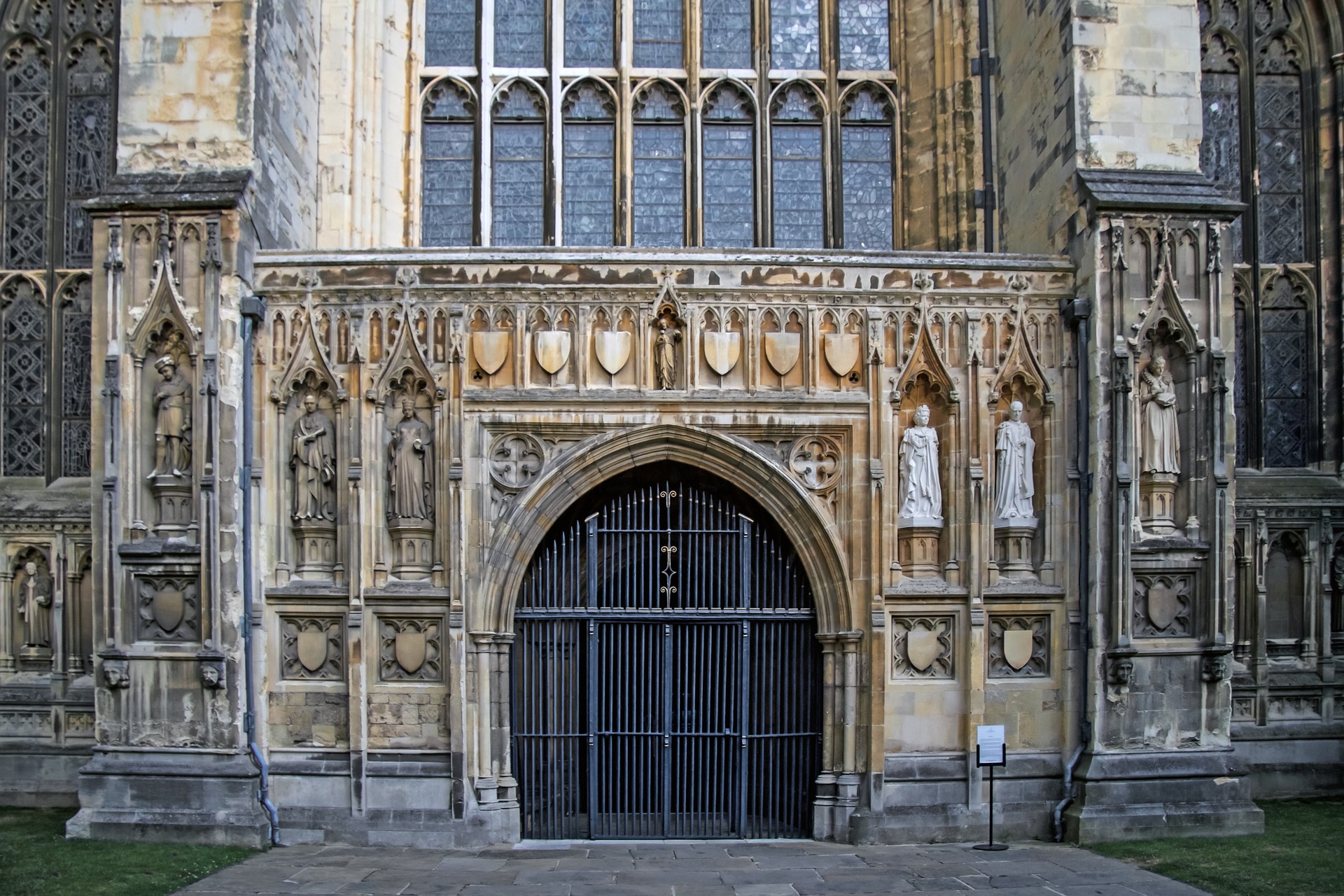Canterbury Cathedral at Christmas Time
There is little that evokes Christmas more than the glorious sound of carols soaring to the rafters of one of England’s spectacular cathedrals. Canterbury Cathedral in Kent is one of the oldest and most famous Christian structures in England and will be wholeheartedly celebrating the Christmas season with services from 23rd December daily through to the 29th December. For full details of their services visit Canterbury Cathedral’s website (click here). One of the most atmospheric is the Christingle service on 28th December but any one of their services will be a wonderful, uplifting experience and you can admire the life-size crib designed and made by Cathedral staff.
The Christingle service has become increasingly popular over the years. It originated in Germany in 1747 and features an orange with a candle at the top and a red ribbon around it. Sometimes fruit, nuts or sweets are also skewered onto the orange. Each element has a specific meaning:
The orange represents the world
The candle gives light in the darkness representing the love of God
The red ribbon around the “world” symbolises the blood of Jesus
The four skewers point in different directions symbolising North, South, East, and West, or the four seasons
The fruit or nuts on the end of the skewers represent the fruits of the earth
As for the name Christingle, the origin is not certain although it is most likely to be derived from Christkindl (meaning little Christ child). Christingles were made popular in England by The Children’s Society (one of the earliest children’s charities in the UK and it has strong connections with the Church of England). The first Christingle service held in the Church of England was in 1968.
Even for the non-religious, there is much to admire in the Cathedral. Founded in 597, the cathedral was completely rebuilt from 1070 to 1077. When you stand in the centre of the building and take in the scale and intricacy of the design, all built painstakingly by hand tools and skilled craftsmen, it’s quite breathtaking. The east end was greatly enlarged at the beginning of the twelfth century and largely rebuilt in the Gothic style following a fire in 1174, with significant eastward extensions to accommodate the flow of pilgrims visiting the shrine of Thomas Becket, the archbishop who was murdered in the cathedral in 1170. With such a gloriously long and rich past it’s not surprising that it forms part of a World Heritage Site.
To admire the Cathedral in all its glory join us on a tour in 2017. Let us have the challenge of negotiating the narrow city streets and finding parking, leaving you free to just marvel and enjoy.



